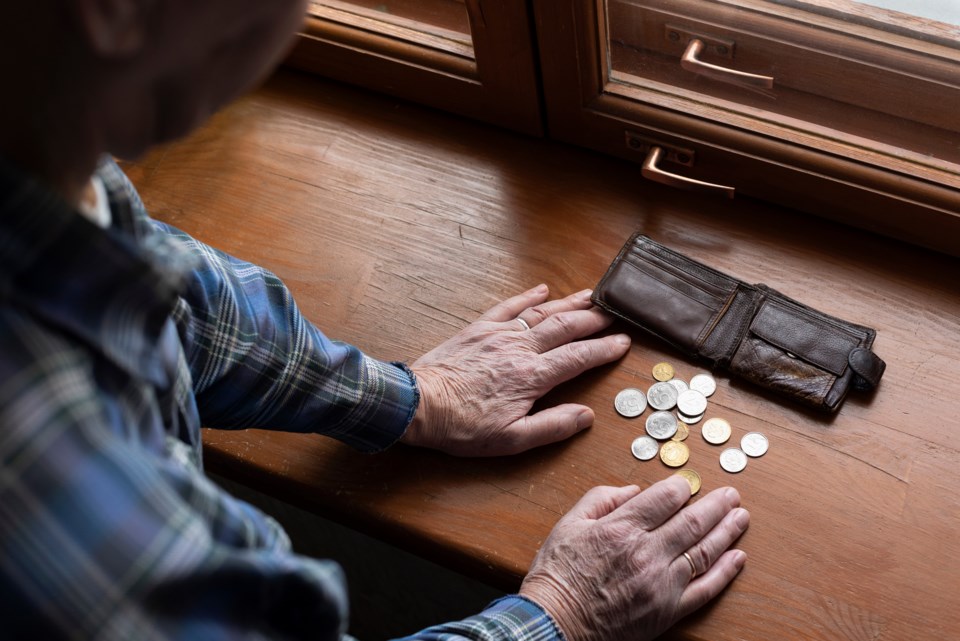In Canada, the number of people living in poverty was just over 10 per cent, based on the country’s Official Poverty Line. Poverty is measured by the Market Basket Measure (MBM), which says, “a family who cannot afford the cost of a specific basket of goods and services in their community is living in poverty.”
Trying to understand the concept of poverty and how it can affect people can be complex. The how and why of poverty is also often misunderstood.
The word ‘poverty’ carries a stigma, and for those who live in poverty, escaping that stigma can be challenging.
Sometimes the means used to cope leads to further poverty. Community Counselling Centre of Nipissing (CCCNIP) clinical social worker Rhonda Williams has seen the pattern many times before. For example, a person can develop an addiction as a way to cope with setbacks. The addiction can consume a person’s energy and lead to a downward cycle. The addiction can also result in loss of job, home and important relationships. Once in that cycle, it can be very hard to come back around.
How does poverty occur?
There are a variety of reasons why a person may experience poverty including the rising cost of living, precarious employment, divorce, death and unexpected trouble. Sadly, many Canadians walk the line of poverty and find it difficult to get out of their situation.
One common occurrence that can lead to poverty is injury and/or illness. When a person gets injured or ill and does not have coverage, they can be left with next to nothing. While some can adjust to and cope with one or two of these risk factors, others who experience many setbacks find it extremely difficult to get back on their feet.
Why do we stigmatize the poor?
Though poverty is often viewed as an individual problem, it is rarely the fault of the individual.
Factors such as social class, gender, race and social policy have disproportionate effects on financial health and economic opportunity. These are systemic and barriers to financial well-being. The greatest irony is when the blame is placed on people suffering from poverty when they are, in fact, experiencing barriers out of their control.
How can poverty lead to a breakdown?
Unfortunately, social assistance does not cover basic needs. In order to get out of poverty people need to feel safe, have stable housing and access to food and healthcare. Housing is paramount for most people. When a person loses their home, they often get stuck in a cycle of poverty. Without housing, one can get labeled as ‘unstable.’
Often, middle class values are imposed on the poor and we fail to understand that the learned helplessness that comes from systemic barriers prevents people from escaping poverty. When you have experienced setbacks and closed doors from an early age, it is very difficult to look for a better life.
Being under constant stress and suffering the chaos that comes with poverty affects a person’s mental health. And it can compound. When people feel a sense of hopelessness and helplessness, they have difficulty emerging.
Why should we care?
Rhonda Williams says, “Most of us are just one step away from poverty. Most people, even people with higher incomes, are managing their finances day-to-day. When interest rates rise, or when divorce or disability occurs, many people fall into the poverty trap. If they don’t have a pay cheque for even a month, they could find themselves in trouble.”
Need help or someone to talk to?
CCCNIP offers several programs that can help people overcome the negative thinking that comes with poverty. Staff work hard to understand what people are experiencing. This is the first step in developing compassion and empathy, which ultimately are key factors in helping the community resolve the issues of poverty.
Please call 705-492-2508 for support or visit them online here.
